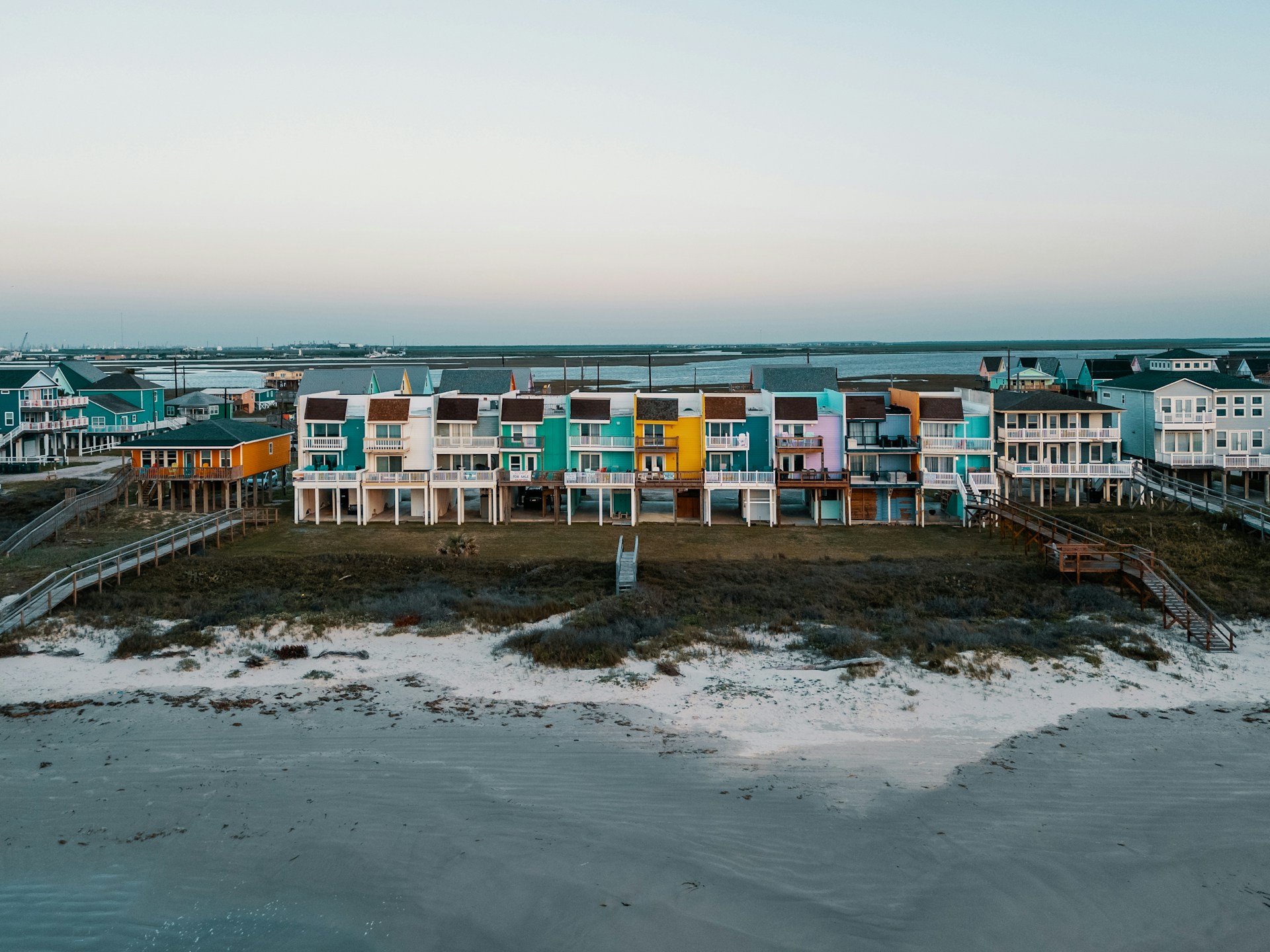NYSDEC Proposes Amendments to Rule 6 NYCRR Part 490: Projected Sea Level Rise
In 2014, the Community Risk and Resiliency Act (CRRA) added a new section to the New York State Environmental Conservation Law (ECL) that required the Department of Environmental Conservation (DEC) to adopt science-based sea level rise projections. DEC is proposing some amendments to 6 NYCRR Part 490, which was adopted in 2017 to provide updated science-based projections of future sea level rise. The coastal tidal rise estimations are made for the state’s three distinct coastal regions: Mid-Hudson, New York City/Lower Hudson, and Long Island.
Background
The original Part 490 rule included five projections of varying sea level rise possibilities across four intervals, namely the 2020s, 2050s, 2080s, and 2100. These projections used the 2014 ClimAID report and established the following:
- Low projection was the amount of sea level rise that would be consistent with the historical rates, and thus, very likely to occur. This was identified as the 10th percentile of ClimAID model outputs.
- Low-medium projection was the amount of sea level rise that is likely and was defined as the 25th percentile of ClimAID model outputs.
- Medium projection was the amount of sea level rise that was about as likely as not and represented the mean of the 25th and 75th percentiles of ClimAID model outputs.
- High-medium projection was unlikely sea level rise, or the 75th percentile of the ClimAID model outputs.
- High projection was the amount of sea level rise that could result from excessive melting of the land-based ice. This was identified as very unlikely and classified as the 90th percentile of ClimAID model outputs.
The proposed sea level rise projections noted in the 2017 rule for the three coastal regions ranged from one inch in the 2020s to 75 inches in 2100.
Proposed Amendments
In 2023, DEC developed updated projections of sea level rise based on scientific evidence available.
Some of the revisions include a change in the four projected time intervals to five intervals, which now include the 2030s, 2050s, 2080s, 2100, and 2150. The baseline level used in the proposed amendment includes the average level of the surface of marine or tidal water from 1995 to 2014 and includes a sixth category called “rapid ice melt projection.” The proposed changes in the sea level rise data are listed in the proposed Part 490 rule and range from five inches in the 2030s to 185 inches in 2150.
The projections show that the predicted sea level rise is expected to be greater than it was speculated in 2017. However, with such data, the state is able to develop adaptation strategies to address climate-related risks to reduce the impacts and take advantage of possible opportunities.
DEC is accepting public comments on this proposed amendment until April 29, 2024.
Do you want to understand the regulatory landscape in New York State and how it affects your business? Contact Walden today at 516-559-6976. Our experts have vast knowledge on regulatory requirements and always keep up-to-date with the changes happening to provide efficient services to our clients.

Photo by Josh Sorenson on Unsplash
Walden’s experienced consultants stay informed on all of the latest regulatory updates to ensure our clients are in compliance. Contact us at 516-559-6976 to learn more.
